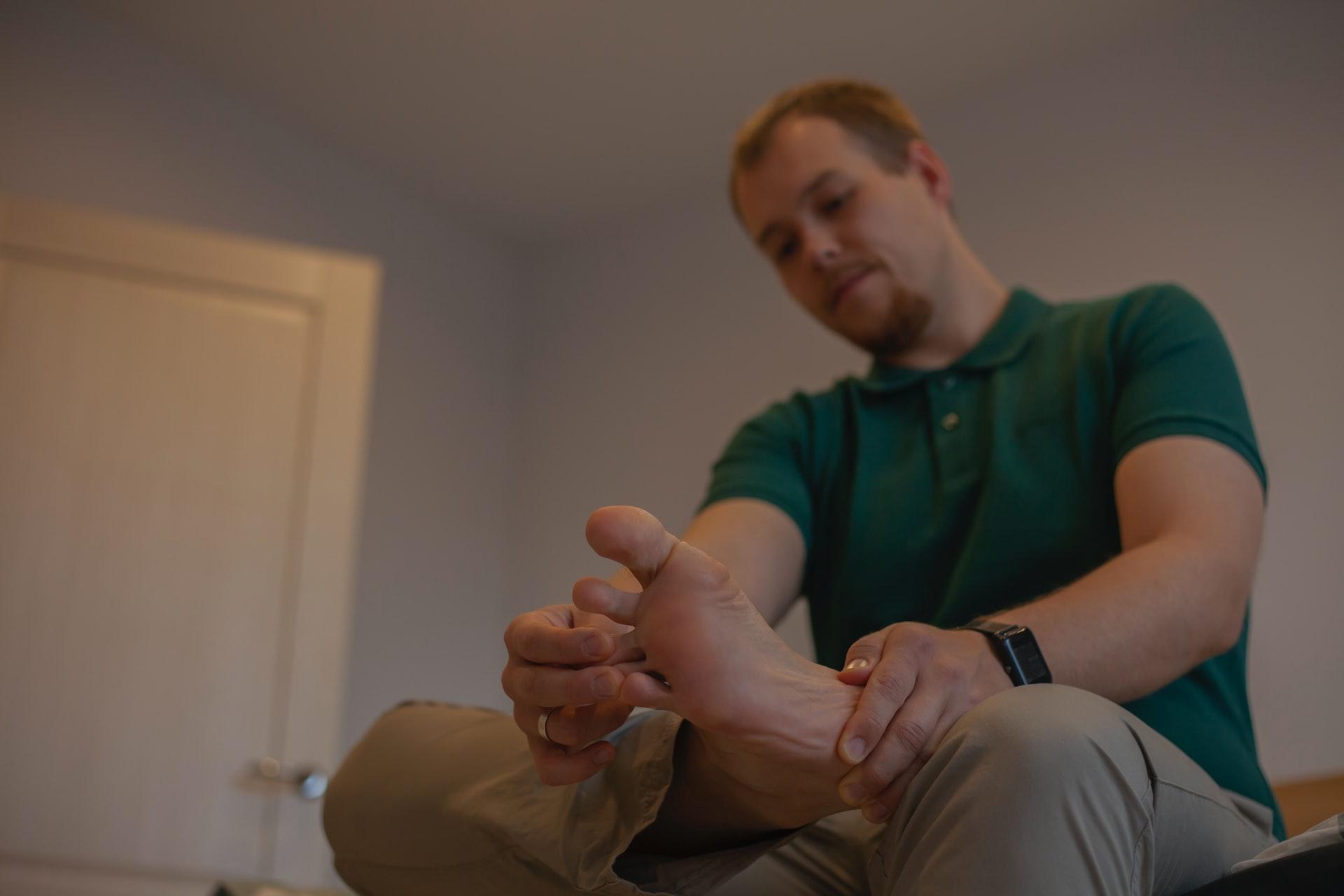As you get older, everything becomes more difficult. Movement is trickier, your body is more fragile, and even the risk of an injury is more likely. foot injuries of the feet are the perfect example of how this works. While you can develop a cracked heel or calluses at any age, it’s just more likely for someone who’s a senior citizen.
Now, while it’s true that, as you get older, your bones get more brittle, there’s also a factor of your life shifting from active to sedentary. Sure, some people stay active even in their 70s, but for the majority of people, this won’t be the case. Therefore, here are some chronic foot injuries that senior people are likely to develop.
Cracked heels
Heels crack when the skin around the rim of the heel becomes thick and dry. When the pressure on the fat tissue under the heel gets pressure, it expands and causes the brittle skin to split. The older you get, the less flexible your skin becomes, which makes the cracking more likely. The reason why cracked heels get so painful is due to the fact that the layer of skin across it is supposed to provide protection. When cracked, it can no longer serve its function, and it’s easy to irritate. The best way of prevention is to keep the heels hydrated and apply the right foot cream on a regular basis.
Heel pain
Heel pain is most commonly caused by plantar fasciitis. This is a tissue that connects the heel bone with the bones of the Foot Injuries. It acts as an absorber, seeing as how it’s there to relieve some of the pressure from walking. Sudden damage may cause micro-tears in the tissue, and even the act of walking suddenly becomes excruciatingly painful. According to sports podiatry experts, the reason why it affects old people the most is that it’s also a wear and tear injury. Over the years, the tissue layer becomes more and more compromised. The only way to heal is through rest, the RICE method, as well as wearing the right footwear.
Ingrown toenail
Sometimes, the reason for an ingrown toenail is genetic; however, more often than not, it happens as a result of a toe injury or improper (tight) footwear. Improper grooming or trimming of the nail will also create this result. Older adults and senior citizens are far more likely to get ingrown toenails. Your mobility gets impaired with age, as well as your sight, which means that you’re less likely to be as accurate when taking care of your toenails. Taking care of your feet (even if it means going for a pedicure) is the simplest way to avoid this problem.
Calluses
Pressure or rubbing of the skin is the most common cause of calluses. Wearing uncomfortable shoes, not wearing socks with shoes, or getting the wrong shoe size will increase the risk of calluses. Now, some old people suffer from swollen feet for a number of reasons. This means that the shoe size that they’ve worn throughout their life will no longer fit. This is a complex psychological phenomenon that the majority of people just can’t come to terms with. After all, it’s impossible for your feet to grow, so why do you have to wear larger Foot Injuries It just makes no sense, yet, it can still cause a serious problem.
Bunions
Bony lumps formed at the side of your feet are called bunions. Other than just being impractical and unaesthetic, they can also cause a serious problem. The only way to get rid of them is through surgery, and until you do so, chances are that you’ll suffer quite a bit of pain. They always happen for a genetic reason. A faulty foot structure is the only cause that’s confirmed to cause this injury. Now, a certain type of arthritis will increase the chance of developing bunions. Seeing as how you’re more likely to develop it as you grow older, it’s quite clear why these things happen to seniors.
Read More: 5 Ways to Tackle Foot Pain
Flat feet
Flat feet or fallen arches are caused by a number of factors. An injury, increased body weight, and arthritis are the three most common causes. Now, the risky demographics are people with genetic predispositions, pregnant women, and senior citizens. As you grow older, the arches of your feet will slowly break down. This is one more reason why your feet will be “longer” and why you may have to start getting larger footwear as you grow older. It’s also important that you realize your limitations. As you grow older, your feet will be less flexible. So, switching to a workout regimen, like yoga, that helps you get more flexible and stress your feet a lot less is a good idea.
Diabetic foot ulcer
Diabetes is a terrible affliction that leaves no part of your body safe. Your feet are not an exception to this terrible rule. First of all, a diabetic foot ulcer is an open sore or wound that happens in roughly 15% of all patients suffering from diabetes. While anyone can get diabetes, as you grow older, your insulin resistance will increase. Decreased muscle mass (which also happens with wage), gained weight (which is true for most people), and reduced physical activity is contributing factors. In other words, while they’re likely with younger people, for a senior citizen, the likelihood is far higher. Also gaining muscle becomes harder.
In conclusion
The most important thing, when it comes to prevention lies in acknowledging limitations that come with your age. Don’t take your shoe size for granted, and understand that, like everything else, it changes with age. Second, try to be more careful, and even if you do want to stay active, check your feet more regularly. Third, get medical exams more often. Diabetes is a serious illness and not something you want to play around with. Fortunately, in the 21st century, it can be successfully treated as long as you act proactively about it.



